The First Homosexuals: The Birth of a New Identity, 1869–1939
Wrightwood 659, Chicago, through Aug. 2
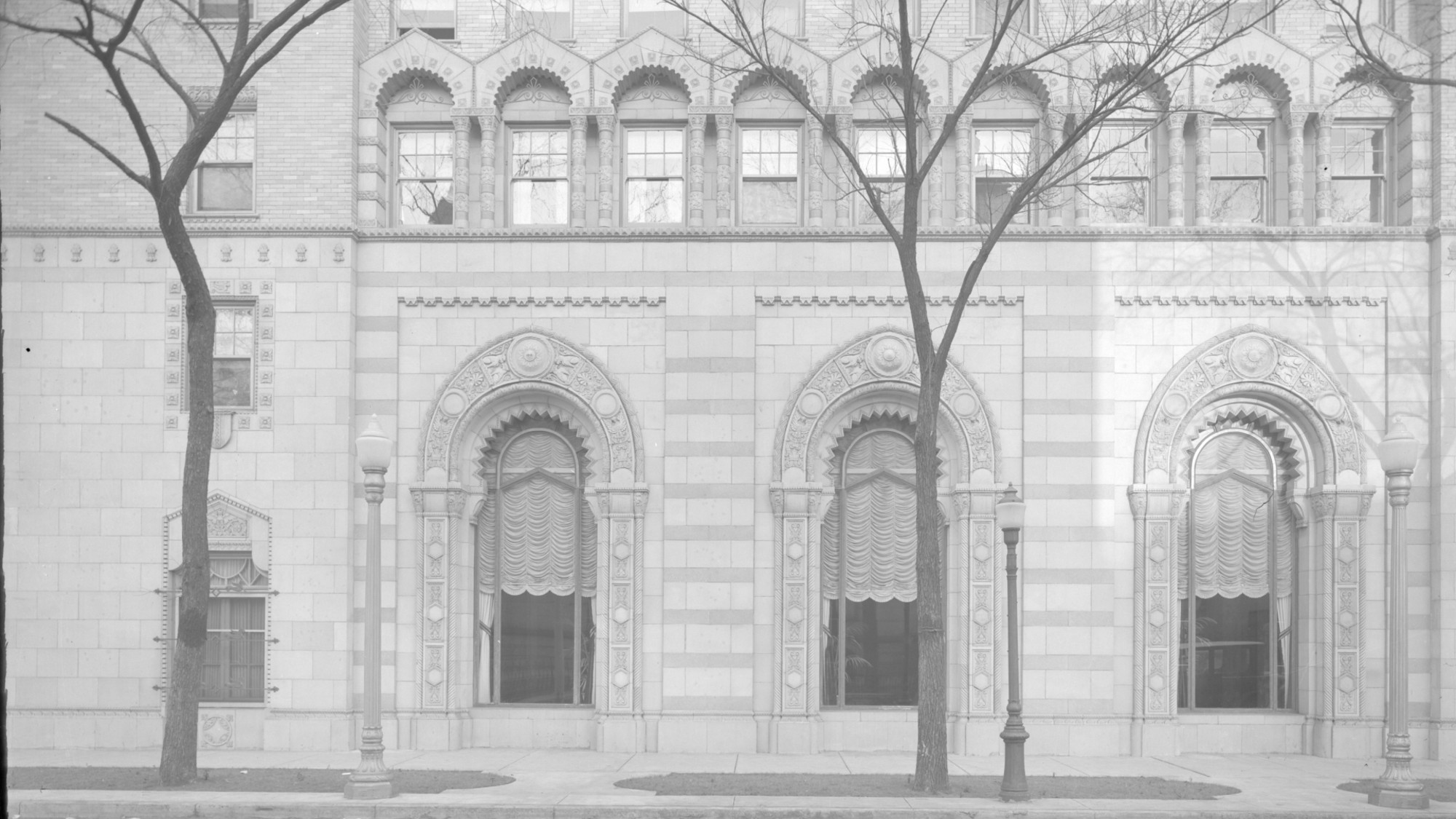
"There's both power and peril in claiming an identity," said Julian Lucas in The New Yorker. That's one of the lessons of a "monumental" exhibition in Chicago that traces the emergence of modern ideas about sexuality and gender through art that was created between 1869 and 1939. The show's lead curator, art historian Jonathan D. Katz, titled the survey "The First Homosexuals" because its focus is on the decades after Karl Maria Kertbeny, an Austro-Hungarian journalist, coined the terms heterosexual and homosexual and inadvertently transformed same-sex desire into the defining trait of a new identity. As the show illustrates, "'homosexual' quickly became a pathological diagnosis" even as the word "opened a space for collective self-consciousness." The exhibit ends with the rise of Germany's Nazi Party and its attempt to exterminate this recently defined populace. But the more than 300 works that precede that grim conclusion prove art to be "the world's greatest archive of sexual difference, preserving subtle shifts that language evades."
The show "follows so many lines of inquiry that in places, inevitably, it feels thin or tendentious," said Sebastian Smee in The Washington Post. "But no single strand is less than fascinating," and the works themselves are "consistently dazzling." The curators describe an 1879 Pascal Dagnan Bouveret drawing as the first known image of a modern homosexual couple in European art. And 15 years later comes a double portrait of "breathtaking tenderness" in which the Swedish painter Andreas Andersen depicts his brother and a male friend apparently climbing out of bed one morning after sleeping together. But don't expect a simple progression in artists' interest in queer desire, because "the show's insistence on complexity is precisely what makes it brave, provocative, and unexpectedly poignant." Tellingly, no museum in the U.S. has shown an interest in mounting the exhibition after it closes in Chicago, despite the Wrightwood gallery's offer to pay the costs. I blame that on the current political backlash to recent gains in matters of sexual liberation, all of it motivated by "a pervasive psychological craving for simplicity."
Surprisingly, "some of the show's most fascinating moments are when it reveals queer people lacking a unified sense of political consciousness," said Micco Caporale in the Chicago Reader. In Romaine Brooks' 1923 Self-Portrait, done in the artist's "signature chilly gray scale," the New York City–raised artist looks aloof, and the text below "emphasizes that Brooks, a trust-fund lesbian who rooted her identity in some idea of eccentric genius, had fascist sympathies." Elsewhere, a series of "elegiac" photographs and paintings introduce viewers to Elisàr von Kupffer, a German spiritualist who "saw transness and homosexuality as an expression of God's infinite imagination—provided one is white and able-bodied." Besides creating "excitedly androgynous" work, he "wrote a lot of fan letters to Hitler." Humanist ideals, apparently, only ever go so far.
The Week
Escape your echo chamber. Get the facts behind the news, plus analysis from multiple perspectives.

Sign up for The Week's Free Newsletters
From our morning news briefing to a weekly Good News Newsletter, get the best of The Week delivered directly to your inbox.
From our morning news briefing to a weekly Good News Newsletter, get the best of The Week delivered directly to your inbox.
A free daily email with the biggest news stories of the day – and the best features from TheWeek.com
-
 The strangely resilient phenomenon of stowaways on planes
The strangely resilient phenomenon of stowaways on planesIn The Spotlight Lapses in security are still allowing passengers to board flights without tickets or passports
-
 Four Seasons Seoul: a fascinating blend of old and new in South Korea
Four Seasons Seoul: a fascinating blend of old and new in South KoreaThe Week Recommends Located right in the heart of the action, this classy hotel is the perfect base to explore the capital
-
 How to make the most of chestnuts
How to make the most of chestnutsThe Week Recommends These versatile nuts have way more to offer than Nat King Cole ever let on
-
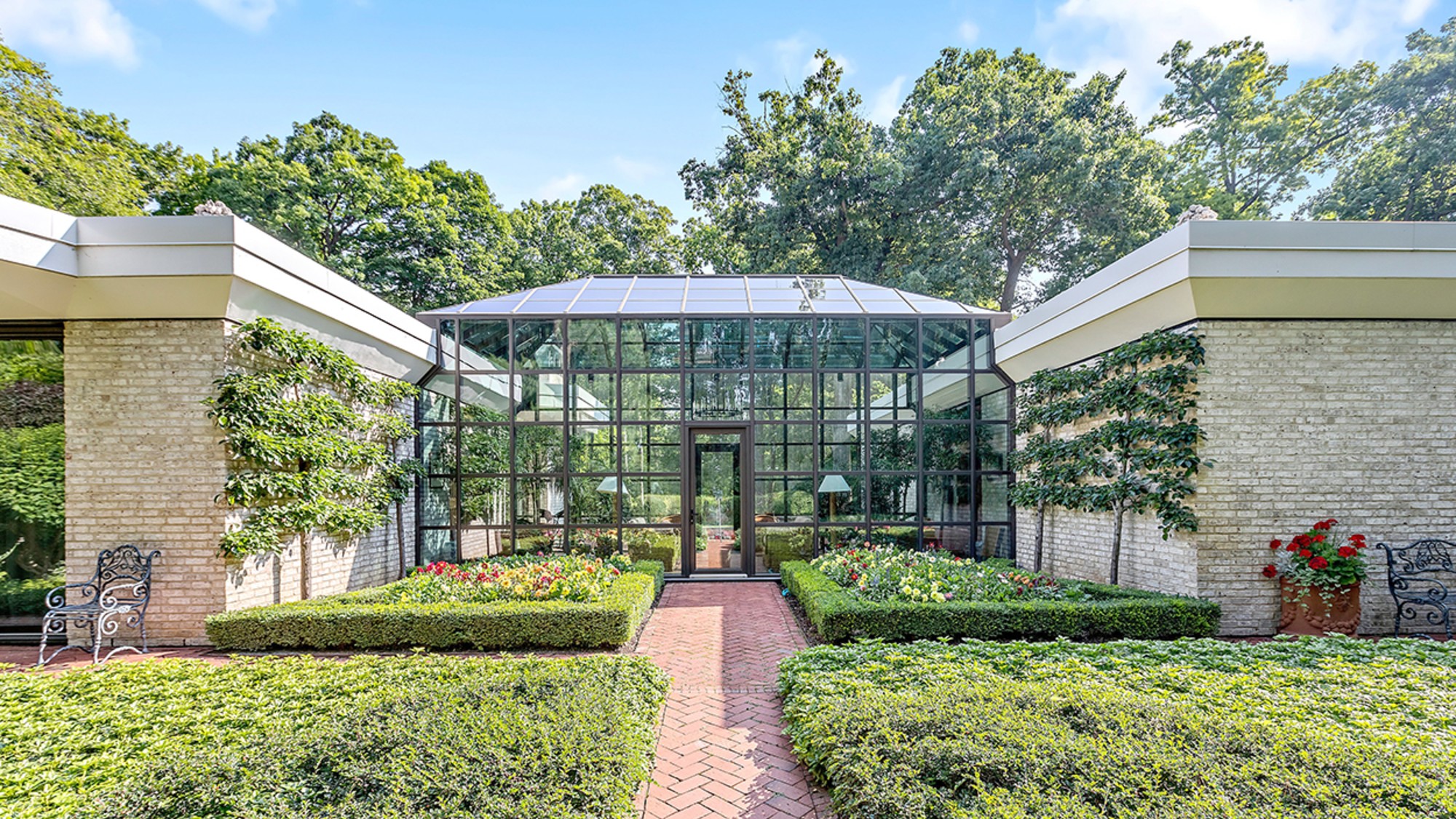 The best homes of the year
The best homes of the yearFeature Featuring a former helicopter engine repair workshop in Washington, D.C. and high-rise living in San Francisco
-
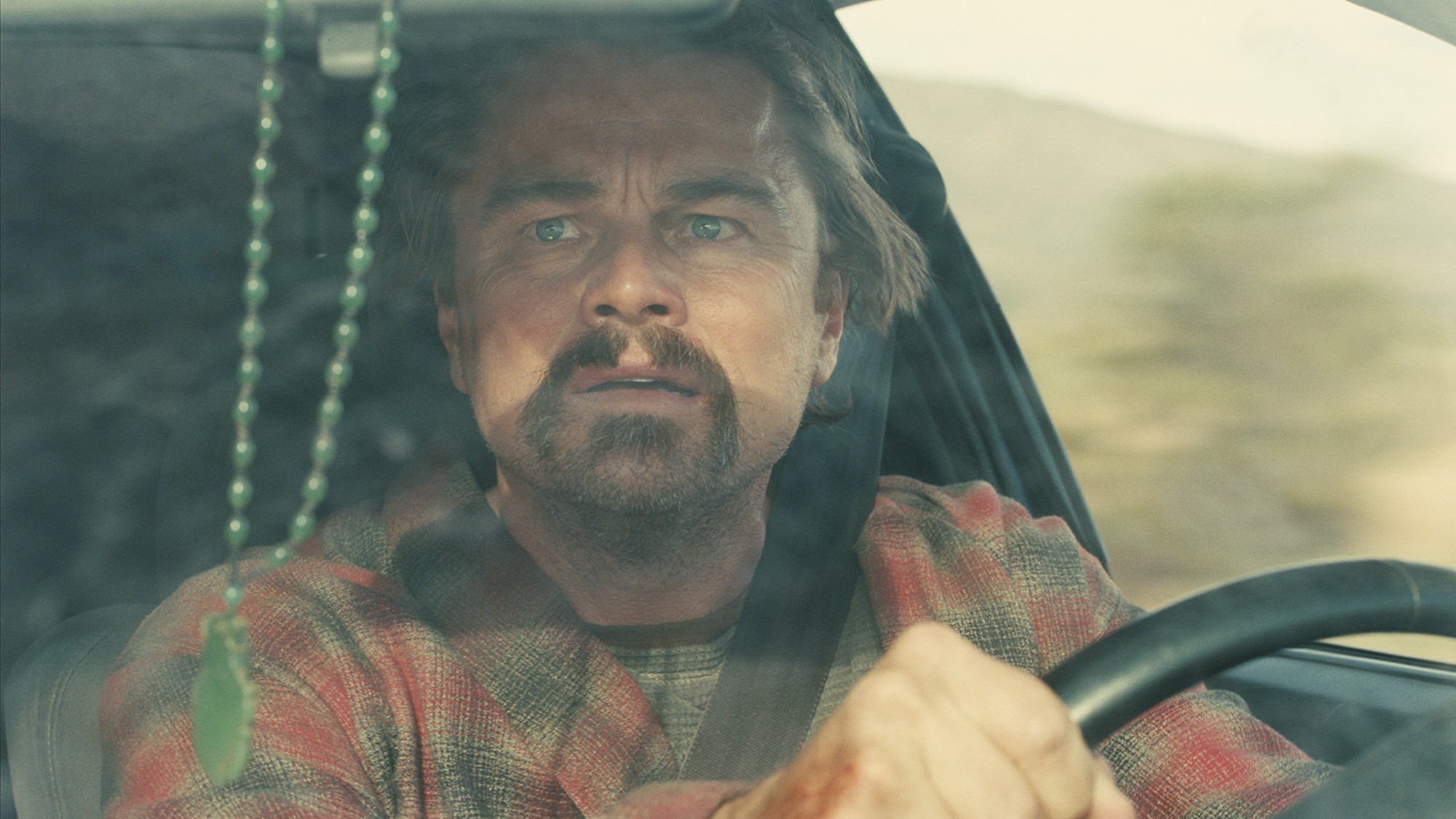 Critics’ choice: The year’s top 10 movies
Critics’ choice: The year’s top 10 moviesFeature ‘One Battle After Another’ and ‘It Was Just an Accident’ stand out
-
 A luxury walking tour in Western Australia
A luxury walking tour in Western AustraliaThe Week Recommends Walk through an ‘ancient forest’ and listen to the ‘gentle hushing’ of the upper canopy
-
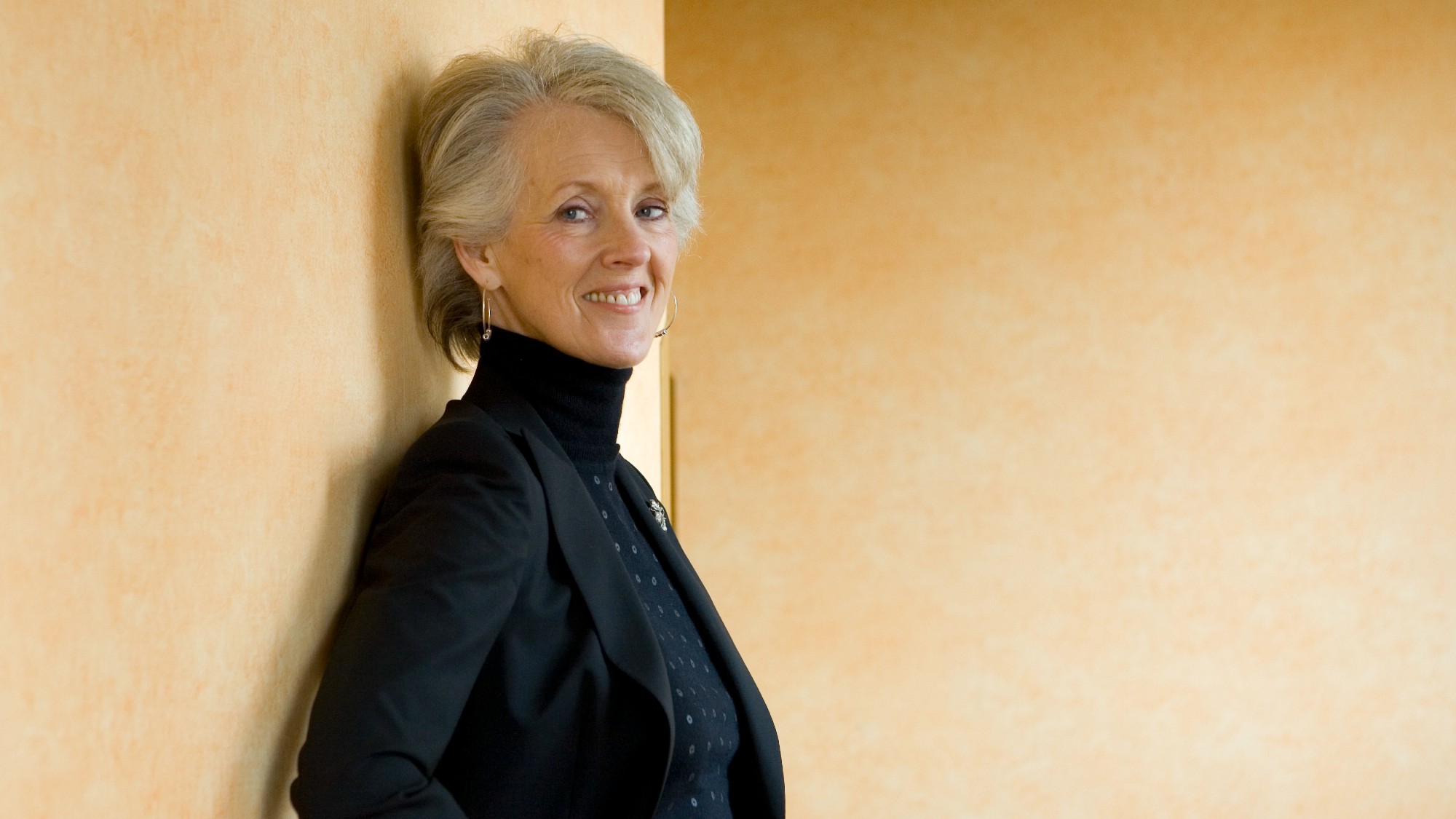 Joanna Trollope: novelist who had a No. 1 bestseller with The Rector’s Wife
Joanna Trollope: novelist who had a No. 1 bestseller with The Rector’s WifeIn the Spotlight Trollope found fame with intelligent novels about the dramas and dilemmas of modern women
-
 Appetites now: 2025 in food trends
Appetites now: 2025 in food trendsFeature From dining alone to matcha mania to milk’s comeback
-
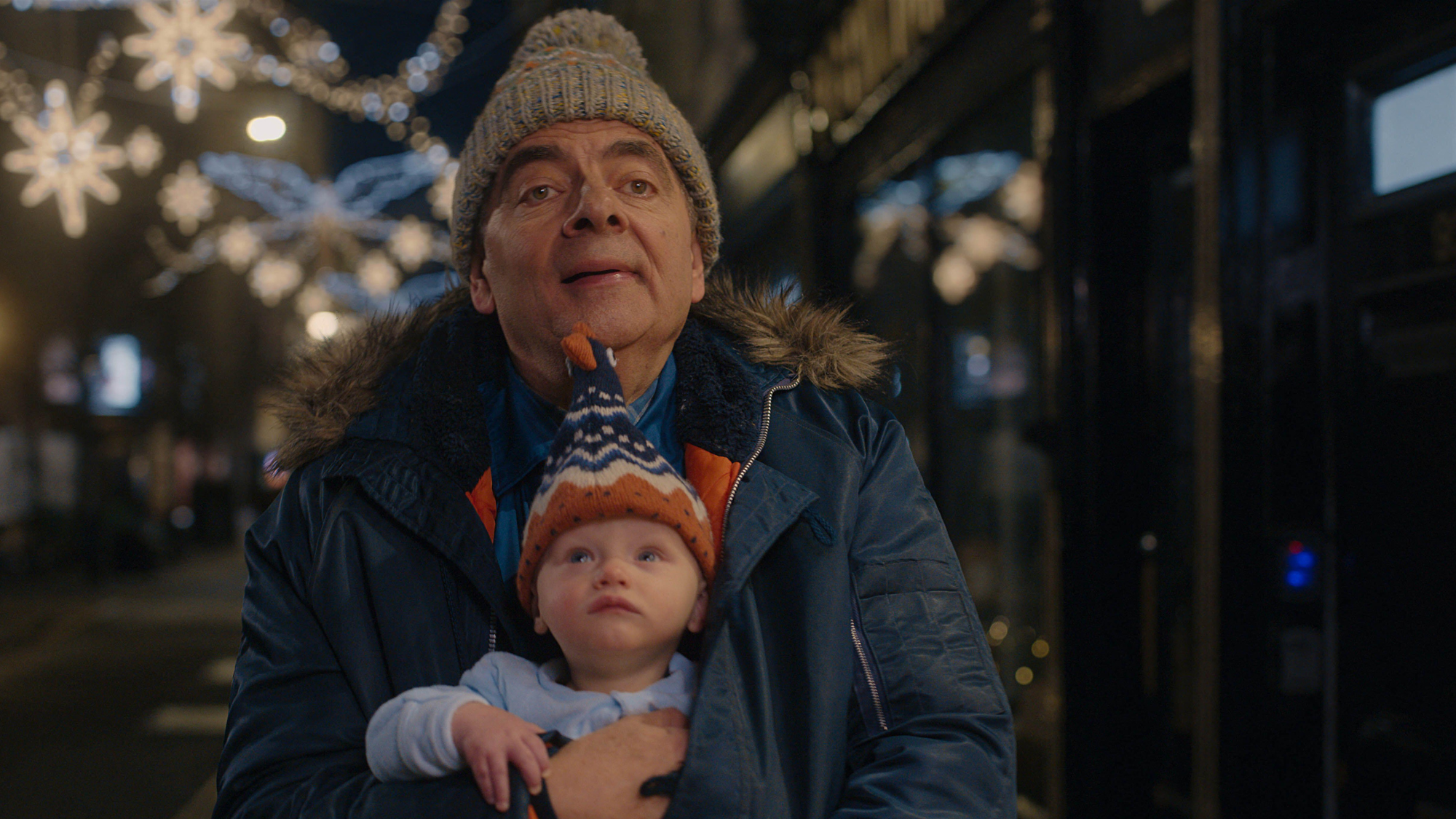 Man vs Baby: Rowan Atkinson stars in an accidental adoption comedy
Man vs Baby: Rowan Atkinson stars in an accidental adoption comedyTalking Point Sequel to Man vs Bee is ‘nauseatingly schmaltzy’
-
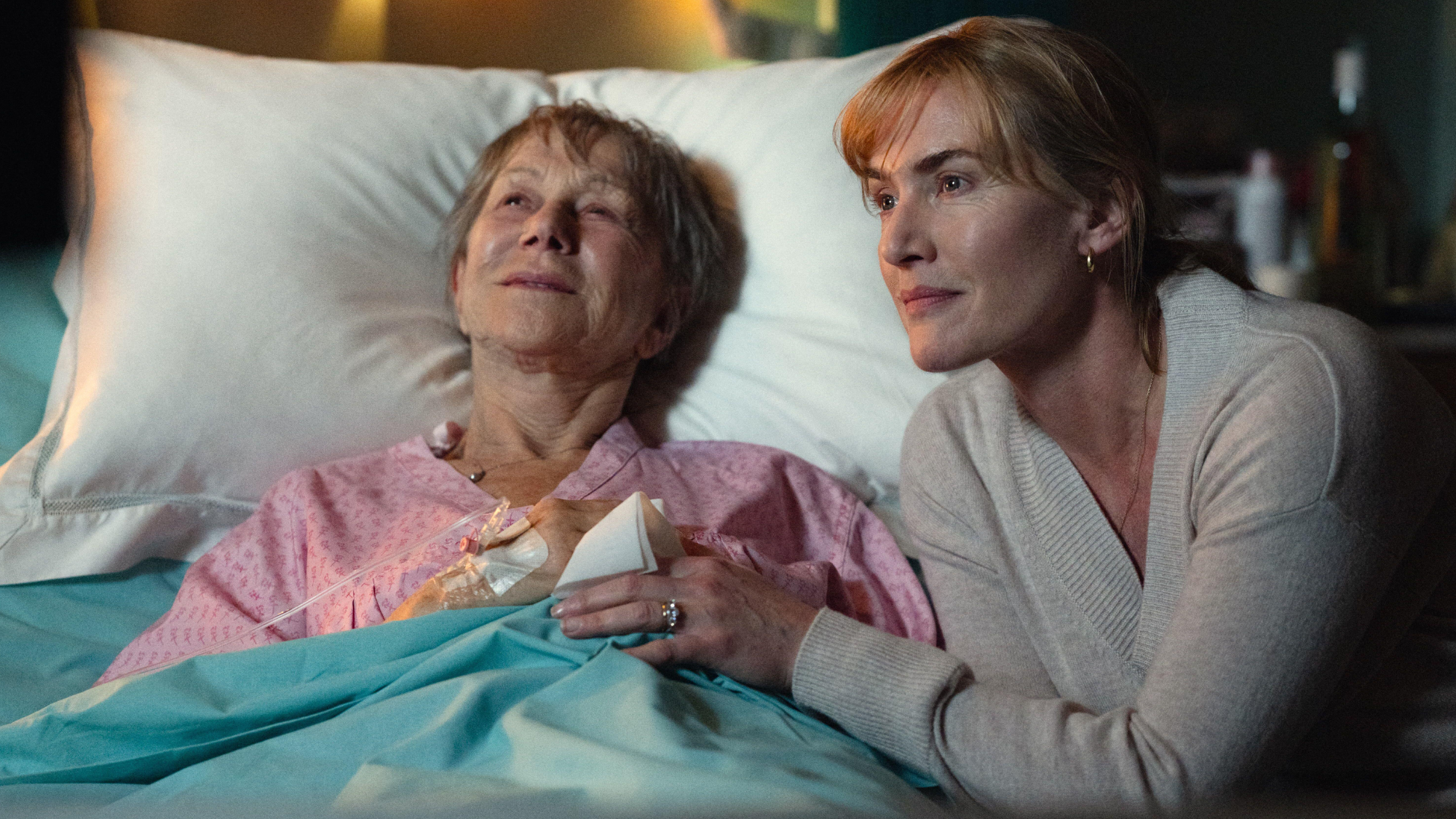 Goodbye June: Kate Winslet’s directorial debut divides critics
Goodbye June: Kate Winslet’s directorial debut divides criticsTalking Point Helen Mirren stars as the terminally ill English matriarch in this sentimental festive heartwarmer
-
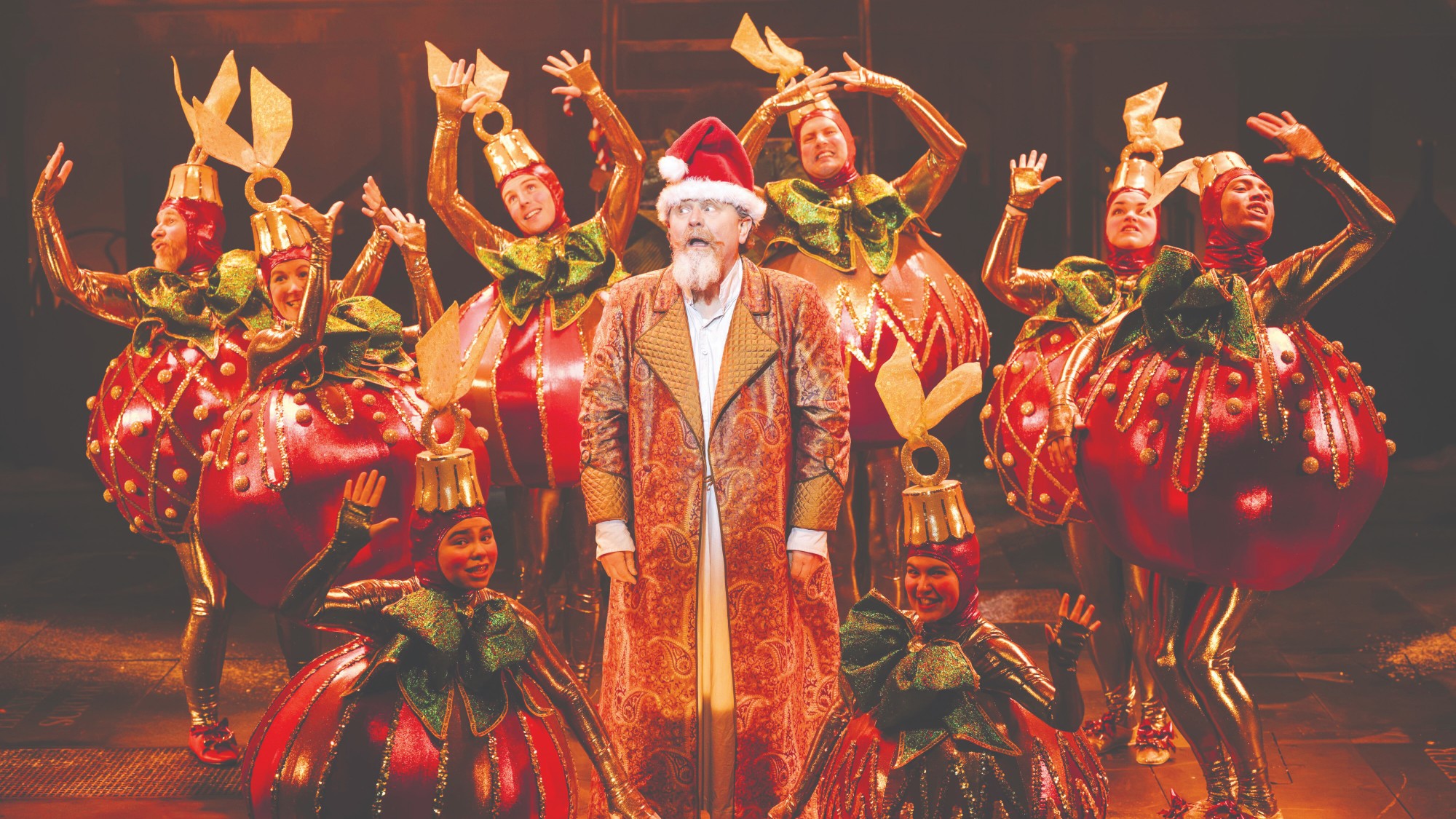 A Christmas Carol (or two)
A Christmas Carol (or two)The Week Recommends These are the most delightful retellings of the Dickens classic from around the country